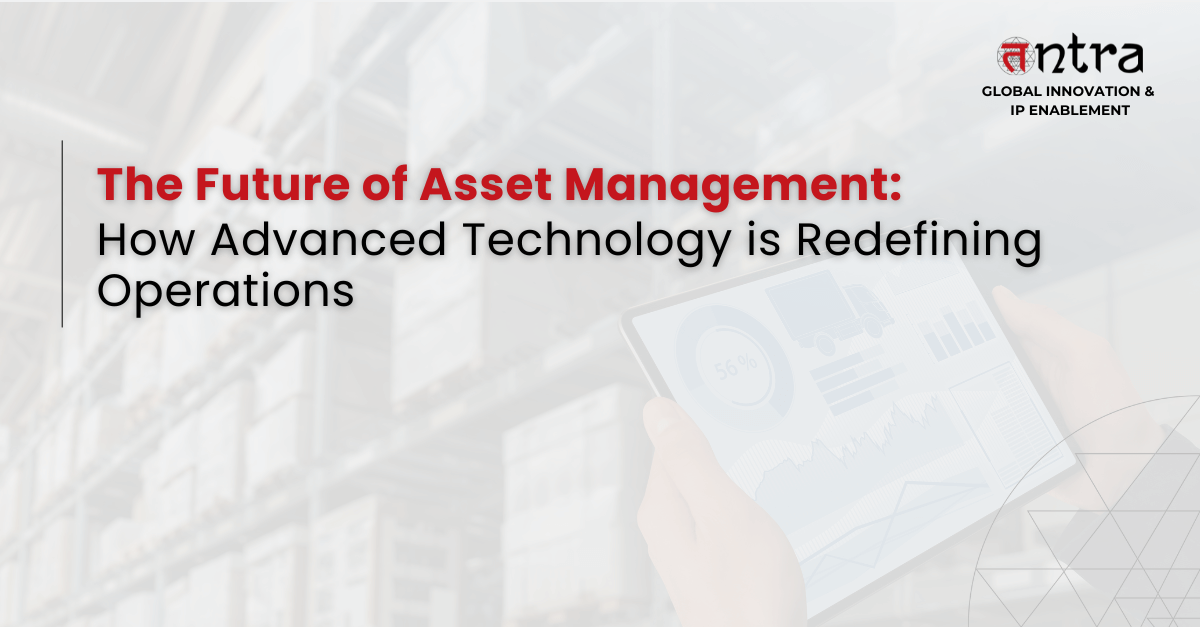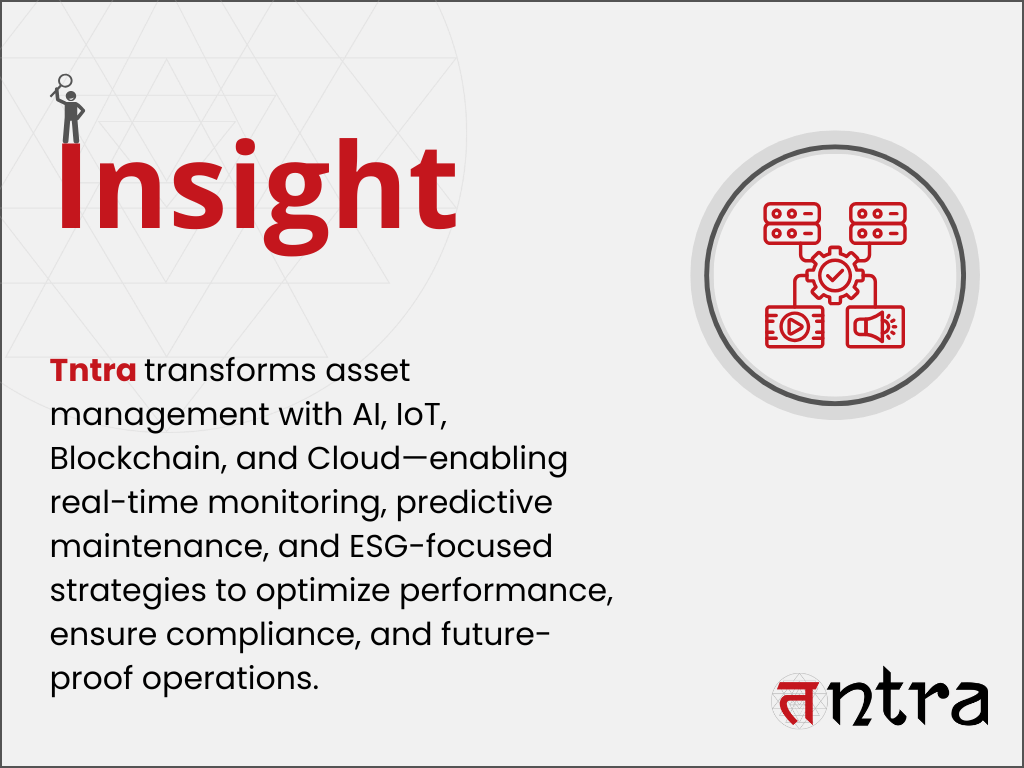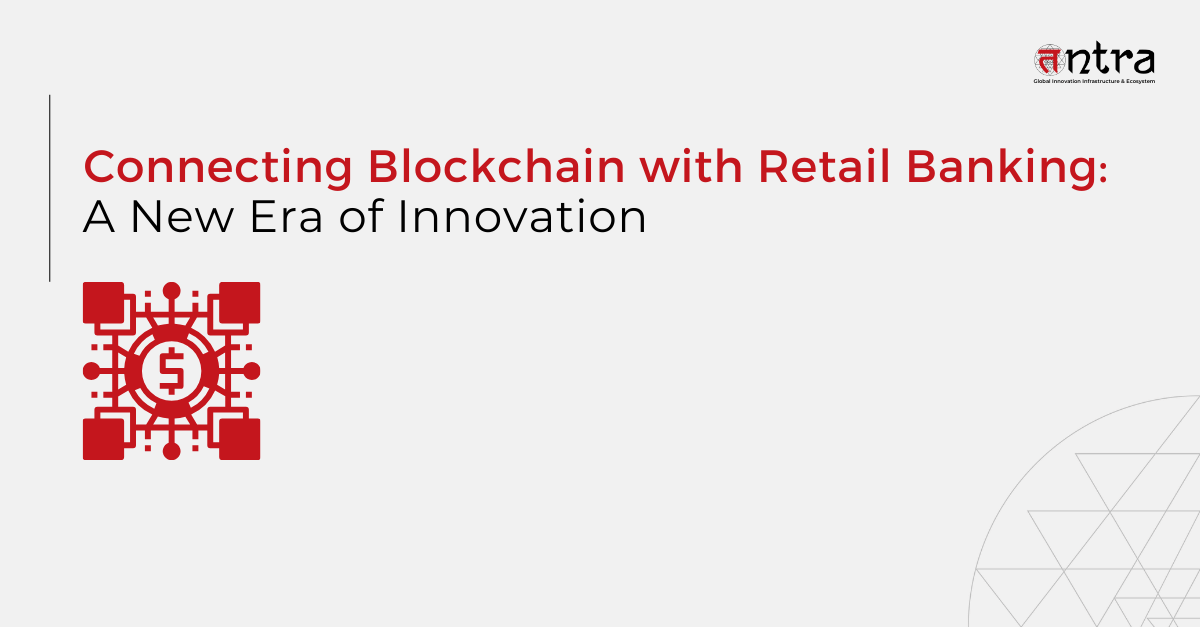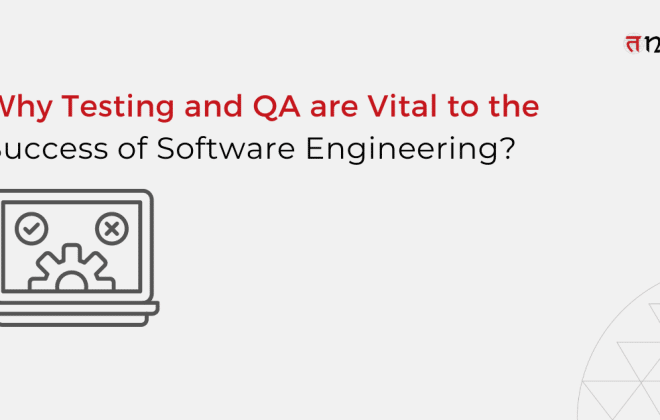
The Future of Asset Management: How Advanced Technology is Redefining Operations
Table of Contents
ToggleThis in-depth article explores how advanced technologies like AI, blockchain, IoT, and cloud platforms are driving the transformation in asset management. From improving operational efficiency to meeting evolving client expectations, tech-driven asset management is more dynamic, transparent, and intelligent than ever. It also discusses key trends like tokenization, ESG integration, and real-time monitoring. Whether you’re leading digital transformation or managing enterprise assets, this blog offers strategic insights to help you adapt, compete, and thrive in the next era of asset optimization. Continue reading to learn more…

Let’s be honest – asset management used to be simpler. A spreadsheet here, a maintenance log there, maybe a dashboard if you were lucky. But today? That just doesn’t cut it.
The assets we manage – whether physical equipment, financial portfolios, or digital IP – are more complex, more connected, and more critical to business success than ever before. And the expectations around them? They’ve exploded.
Clients want real-time access. Teams want automation. Stakeholders want smarter insights. And leaders like you? You want all of it – without the chaos.
This is where technology in asset management steps in. We’re not just talking about new tools – we’re talking about a complete shift in how assets are tracked, optimized, and used to drive business outcomes.
Let’s walk through how that transformation is unfolding, what tech is leading the charge, and what it means for the future of your organization.
The Digital Shift in Asset Management
The old way? Reactive and rigid.
The new way? Digital, data-driven, and dynamic.
Over the past few years, we’ve seen companies move away from clunky, siloed systems toward cloud-based asset management platforms that are smarter, faster, and way more user-friendly.
Here’s what that shift looks like in real life:
- Your asset data lives in one place (and yes, it updates in real time).
- Your teams can access it from anywhere – office, site, or halfway up a wind turbine.
- You can run reports, schedule maintenance, and track performance from your phone.
This is what we call digital asset management services, and it’s giving companies the edge they need to scale without the mess. It’s about turning information into action – and doing it with speed.
AI and Machine Learning: The Smartest Member on Your Team
If you’ve ever thought, “There has to be a better way to predict what’s going to break down before it actually breaks,” – you’re not alone. And the answer? AI-powered asset management tools.
AI and machine learning are no longer just buzzwords – they’re real, working behind the scenes to:
- Predict maintenance needs before you get an angry phone call.
- Spot patterns you might’ve missed in a sea of spreadsheets.
- Optimize asset use so you get more out of what you already own.
And the best part? The more you use it, the smarter it gets. This is intelligent asset management – where your systems learn, adapt, and help you make decisions based on data, not guesswork.
It’s not replacing your team – it’s freeing them up to focus on the stuff that actually needs a human brain.
Blockchain: Not Just for Crypto Bros Anymore
Let’s clear something up – blockchain isn’t just about Bitcoin. In asset management, it’s becoming a powerful tool for transparency, trust, and transaction speed.
Here’s how it’s being used:
- Proof of ownership and history: You can track every move an asset makes – when it was purchased, repaired, transferred, or even resold.
- Smart contracts: No more chasing signatures or digging through old emails. These auto-execute when certain conditions are met.
- Security: Once something’s recorded, it can’t be changed. That’s a huge win for compliance and fraud prevention.
This tech is especially valuable for high-value or highly-regulated assets – and it’s being built into advanced asset management systems as we speak.
Personalization: Because One-Size-Fits-All Doesn’t Work Anymore
Here’s the thing: today’s clients and stakeholders don’t just want asset reports – they want relevant, real-time, and personalized insights.
With modern technology-driven asset optimization tools, you can offer:
- Dashboards tailored to what your client actually cares about.
- Notifications based on their asset performance, not generic templates.
- Forecasts that help them plan, not panic.
It’s about creating a client-centric experience that builds trust – and keeps them coming back. And it’s all possible thanks to smart asset tracking solutions and AI personalization.
You’ve probably already experienced this in your own life – think of how Netflix recommends what to watch or how Amazon knows what you’re low on. Now imagine bringing that level of personalization into asset management. That’s the new bar.
Regulatory Compliance: Tech That Keeps You Out of Trouble
Let’s be real – compliance is stressful. The rules keep changing, the paperwork never ends, and one small miss can cost you big.
But with the right asset management technology solutions, staying compliant doesn’t have to be a headache. You can:
- Set up automated alerts for inspections and deadlines.
- Keep digital records that auditors can access instantly.
- Run risk reports in minutes, not days.
Regulations aren’t going anywhere – but neither is tech that helps you stay a step ahead. And when things go wrong (because they sometimes do), having that digital paper trail can be a lifesaver.
What’s Coming Next: Future Trends You Can’t Ignore
Alright, let’s peek into the crystal ball. What’s on the horizon for asset management?
1. Tokenization
Imagine being able to divide ownership of a real-world asset – like a warehouse or even a high-end piece of machinery – into digital tokens that can be traded or owned fractionally. It’s already happening, and it’s revolutionizing asset liquidity.
2. Real-Time Asset Monitoring
With sensors, IoT, and 5G, your assets can “talk” to you – letting you know when they’re overheating, underperforming, or idling. This is what real-time asset monitoring solutions are built for.
3. ESG Integration
Sustainability matters – especially to clients and investors. Modern platforms now track ESG (Environmental, Social, Governance) metrics and help you align with green goals and ethical investing.
4. Autonomous Operations
AI and robotic process automation (RPA) are moving beyond “nice to have” and into “daily operations.” Think automated repairs, supply chain restocking, or even decision-making – without lifting a finger.
5. Tailor-Made Tools
More companies are ditching one-size-fits-all software and partnering with software product engineering companies to build custom platforms. These are solutions designed just for your needs, with zero fluff.
Bottom line? The future of asset management is fast, flexible, and built around tech that works for you – not the other way around.
Wrapping It All Up: Are You Ready for What’s Next?
Let’s recap.
Asset management today isn’t just about “managing assets.” It’s about using technology to:
- Make better decisions
- Cut costs
- Stay compliant
- Delight clients
- And future-proof your entire operation
This isn’t a luxury – it’s a necessity. The organizations seeing the biggest wins are the ones embracing digital transformation solutions, powered by AI, blockchain, cloud computing, and real-time data.
So, here’s the question:
Are you building toward the future – or just surviving the present?
If you’re stuck with outdated tools, patchwork systems, or reactive workflows, this is your sign to level up. Whether you’re looking to upgrade your tech stack or start fresh, working with a partner offering software product engineering solutions or technology consulting can make all the difference.
You don’t have to do it alone. And the good news? You don’t have to figure it all out today.
But you do need to start.
Need help making your asset management strategy future-ready?
Let’s talk about what’s working, what’s not, and where you can go from here – with the right tech on your side.Because the future of asset management is here. And it’s intelligent, automated, and built for action.
Connect with Expert Today for Asset Management Solutions.
What is driving the transformation in asset management?
The shift is fueled by the need for greater efficiency, real-time insights, and client personalization. Technologies like AI, cloud computing, and IoT are leading the change.
How does AI enhance asset management processes?
AI improves decision-making by offering predictive insights, automating maintenance, and optimizing asset performance — freeing teams from guesswork and manual analysis.
What benefits does blockchain offer to asset management?
Blockchain ensures transparency, secure transactions, and tamper-proof asset histories. It reduces fraud, increases trust, and simplifies compliance with smart contracts and traceable ownership.
How are client expectations influencing technological adoption?
Clients now demand real-time access, personalized dashboards, and seamless digital experiences — pushing firms to adopt tech that delivers speed, clarity, and customization.
What challenges do firms face in adopting new technologies?
Major hurdles include integration with legacy systems, high upfront costs, change resistance, and the need for skilled talent to manage advanced digital platforms.
How is tokenization impacting asset management?
Tokenization allows assets to be divided into digital shares, increasing liquidity and enabling fractional ownership — unlocking new investment models and expanding market access.





